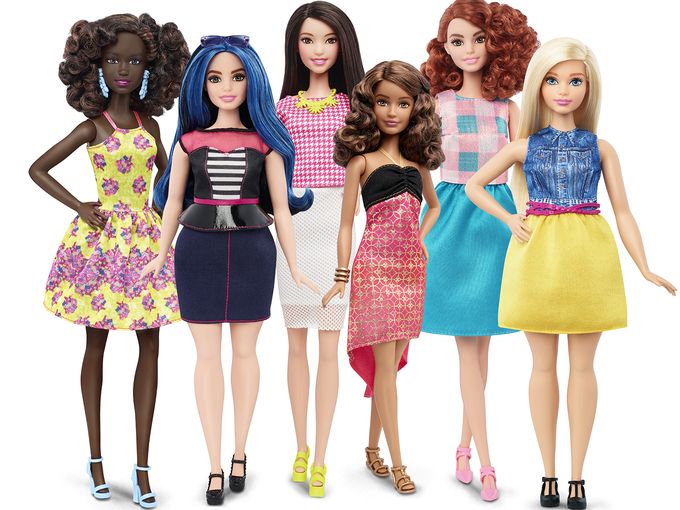 Story by Kendall Siewert
Story by Kendall Siewert
Pushes for body diversity in representation have been around for a while, mainly in advertising campaigns such as Dove or Aerie. Now the push has finally affected even the most unattainable woman in the world: Barbie. Recently Mattel released a new line of Barbies with more diverse figures than the original stick-thin model. The release prompted many opinion articles, some criticizing the change as a mere capitalist endeavor, others praising it regardless. Caught in the debate of Mattel’s motive, many articles are missing the main underlying question of why a more diverse body representation isn’t actually changing anything tangible for most women. Diverse body representation is supposed to change the way we feel about our bodies and those of others. But if we have all this new body diversity right in front of us, why do very recent statistics show that 91% of women are unhappy with their bodies? Why does the weight loss industry garner annual revenue of $55,400,000,000 a year? Why do 7 million American women still suffer from eating disorders? Some might answer that change takes time, and that we can’t expect opinions or views to change overnight. While this is true, the problem runs deeper than time alone can fix. The problem is that Americans pathologize fatness, which means they treat it as unhealthy, abnormal, and far from ideal.
If modern society tells us that thinness is good and fatness is bad, then only by changing these associations will more diverse body representation matter. Right now, we acknowledge that different types of bodies exist, but our minds still connect fatness with undesirability, both in health and appearance. We’re not actually changing our opinions about what it means to be fat just because we see larger models or dolls. We don’t want to look like them, or wonder what complex exercise routine they do to get those legs. Instead, we wonder about their health, and if they even exercise at all. You may be thinking, hold up. This new, curvier Barbie isn’t fat at all. But compared to the stick-thin traditional Barbie, the new one is fat. If that sounds mean or wrong, then your brain’s associations are proving my point for me. If fat is an adjective without a negative connotation, it shouldn’t be mean to point out that one Barbie is fatter than another. The reason it sounds mean is because the way we’ve been taught to pathologize fatness as a negative quality. Fatness is associated with being socially rejected, depressed, and at elevated risk for disease, whereas thinness is associated with popularity, happiness, and healthiness. The point is that while the ideal of thinness pervades in American society, the amount of diverse bodies we see, whether in advertising, dolls, or celebrities won’t matter. A fake acceptance of larger women is not progress if the very women seeing these “body-positive” images want to be thinner. If you hang around young women long enough, you’ll hear at least one person wish for the body of a Victoria’s Secret model, but you’ll never hear anyone lament the fact that they don’t look more like that woman in the Dove commercial. Young girls playing with these new Barbies will be able to point out which ones are skinny and which ones are fat. They will likely say it as a matter-of-fact truth, not a derogatory comment, because they haven’t been taught yet that fat equals bad. They won’t know which doll is “good” or “right” until they’re told or taught by society. That’s where we need to stop pathologizing fatness and start recognizing it as a physiological trait like any other. It seems impossible to me that I could ever describe someone as fat or large without attaching insult, but I also have grown up in a thin-ideal society. Otherwise, it’s just a description. Like it should be. Photo courtesy of USA Today.






